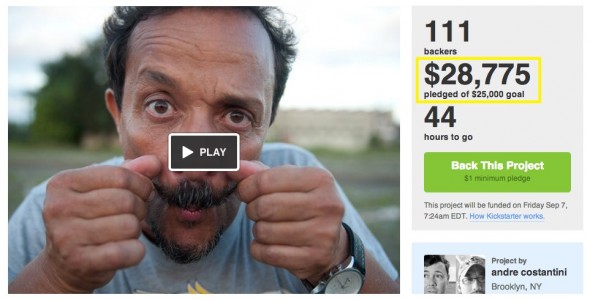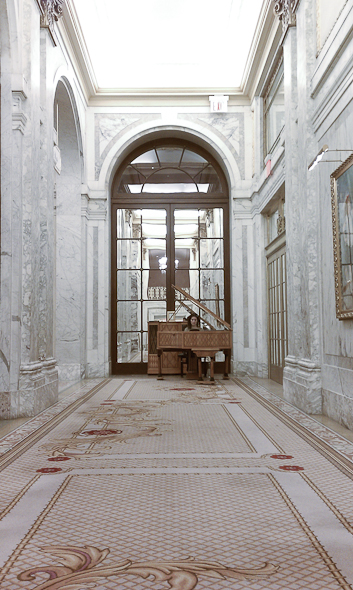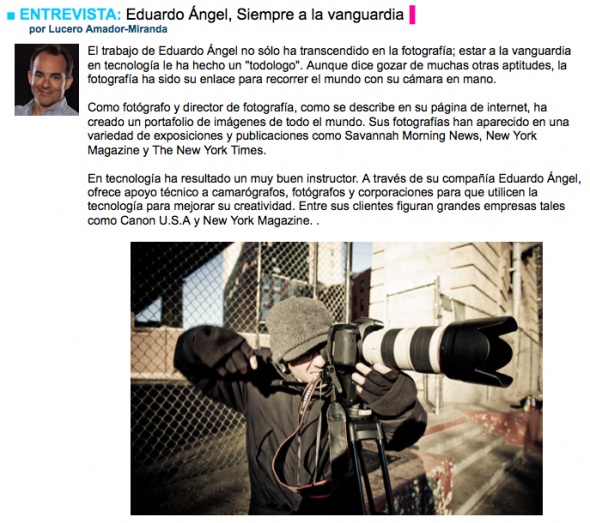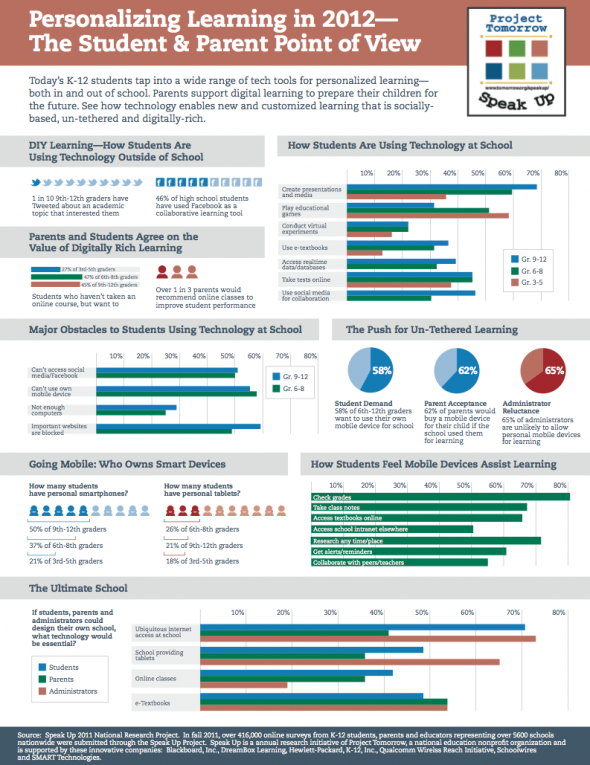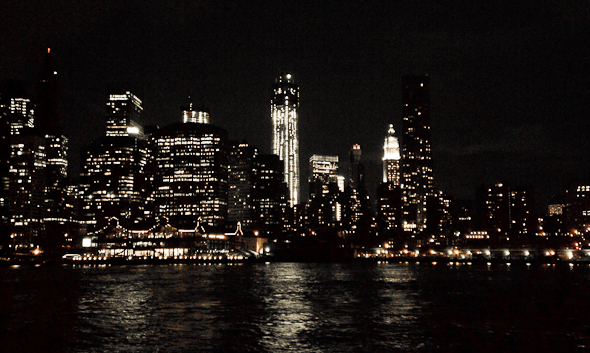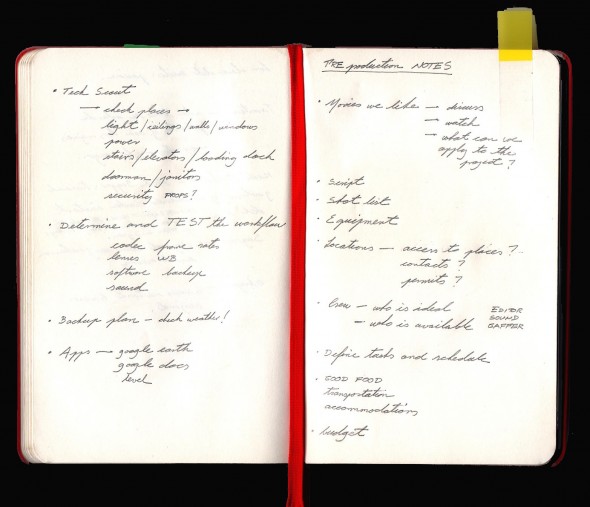Video
A movie about the most inspiring Brazilian artist you’ve never heard of.
UPDATE 0905: Mission Accomplished!!!!!
My extremely talented friend Andre Constantini has been working on a feature film called “Bel Borba Aqui.” The movie is about the most inspiring Brazilian artist you’ve never heard of.
While chatting with Andre about the film and his current Kickstarter campaign, I was schocked to know that they have well over 600 hours of footage. Andre shares here snippets of our conversation.
It’s Exponential
I just recently completed my first feature documentary film. With over 600 hours of footage and 3 years in the making, there has been a lot of time invested into the project. I had made short films before but increasing the scope of any project of this magnitude seems to exponentially increase the time it takes to complete it. But I digress, before you start a documentary it helps if you know the story you want to tell or the topic you want to explore.
Put It Out There
One year before I even knew that the subject of my film, a Brazilian artist living in Salvador, Brazil existed, I had a conversation with a colleague of mine expressing my desire to make a feature documentary on a living artist. A year later, I received a phone call from the same colleague stating that he found him and he was in Brazil and that I should come and meet him to see if it would work out.
Always Be Ready to Go
Even though we were just supposed to discuss the possibilities, on the first trip, I brought all of my equipment to shoot and after meeting the first day, we started shooting the second day. When I returned from my week long trip, I had already filmed for three days. This was enough to start cutting a short piece together to excite the subject and support.
The Edit Room
The editing process went along simultaneously with the shooting to some extent, coming up with rough sequences or themes. The key is not the is not where you start, it’s THAT you start. I find that as you have an idea for one scene or footage that you know worked out or you like, start there and find other footage that supports it visually or thematically (maybe even both). This part always takes the longest. But plan to have plenty of time to do this. Personally, I am best when I have large chunks of time where I can focus without distractions.
Here’s the Trailer:
The film is scheduled to release theatrically on October 3rd for a two week run at Film Forum in NYC. Let’s support Andre with his Kickstarter campaign. It could be you needing financing in a few years…
Photography
Visual Serendipity.
After spending a very hot and humid Sunday afternoon in Central Park we were looking for a restroom, and this is what we found instead. Gotta love this city.
Video
Canon EOS M – Part II. Hands-on Review
Exactly one month ago we wrote about Canon’s brand-new mirrorless system. We covered the new features and discussed the reasons why we preordered one here.
Since then we have had the great opportunity to play with one of them and we want to share our impressions in this post.
The Good
• Lenses: We tested the kit lens, an ultra wide “pancake” EF-M 22mm ƒ2.0 and the image quality is amazing. We also tested the EF mount and shot stills and video with the EF 70-200 ƒ2.8 and the EF 24mm ƒ1.4. They both worked like a charm.
• Video: This is a controversial topic. The movie files are recorded in MPEG-4 format, using AVC.H.264 compression and a variable bit rate. The quality is very good, with only a very tutored eye being able to differentiate the M versus the 60D footage. We only shot 1080p at 24 fps and our impressions are based on that test. Read this if you want to understand HD Video compression. Another great video feature that got our attention was that both Program and Manual shooting modes are supported in movie mode. So far, so good. The real issue (as you will read below) is the lack of fast and easy access to adjust exposure.
• Size: The main reason we wanted this camera was so that we could use it as a C (third) camera on our video shoots. Having such a tiny body with the same APS-C 18.0 Megapixel CMOS sensor we have on our EOS 7D (with the latest firmware update) and EOS 60D would allow us to put the camera in tight spaces, and it would make using a handheld rig or a steadycam a much more pleasant experience.
An Overview of What Should and/or Will Be Improved
In all fairness, the camera that we had was a prerelease sample. It was not a production piece, which means that the hardware, as well as the firmware, will be modified and improved.
• Touchscreen: Having a touchscreen is not only great, it makes absolute sense. The more we “flip” and “pinch” our smartphones and tablets, the more second nature these “gestures” become. Have you seen the video of the five-year-old girl who thinks a magazine is a broken iPad?
Click to keep reading (more…)
Video
2012: A Communique of technology trends.
Recently, we have been thinking about the most popular technology trends seen worldwide. Here is our top-ten list of tech trends we have witnessed in the last year in no particular order:
1. Tablets and Touch-Screen Mania
Android Tablets and iPads are dominating 2012. People are now using these devices more than laptops and desktop computers in some cases. Are they making our lives easier? Yes and no. But, we think that this is the future for all computing. Just as CD’s replaced records and cassette tapes, we believe that eventually, touch computing will replace desktop and laptop computers altogether!
There are already a lot of signs that convince us of this already. For instance, Mac OS X Lion and Windows 8, the latest desktop operating systems borrow a lot from Android Tablets and the iPad, their mobile counterparts. These new operating systems essentially introduce a touchscreen-inspired interface. Most new cars are now even integrating touch screens to operate multiple functions in a vehicle.
Over time, mice will be obsolete, and mobile/touch operating systems will dominate.
2. Automatic Social Actions
People now expect to be able to share media effortlessly on their computers, smart phones, and tablets. This is now being innovated in 2012, not only through cloud computing, but through social media. Social gestures appear to be one of the leading trends of 2012. For those of you who may not know what I am referring to, you may recognize this on your Facebook news feed, with apps such as Spotify. Social gestures, or the “frictionless sharing” functionality, replaces the need to click a button to share media with your friends. Instead, applications are installed and allowed to share the media you listen to, watch, or read automatically with your social networks. Most apps are even allowed to share your location on a map automatically. Scary? Yes, Indeed.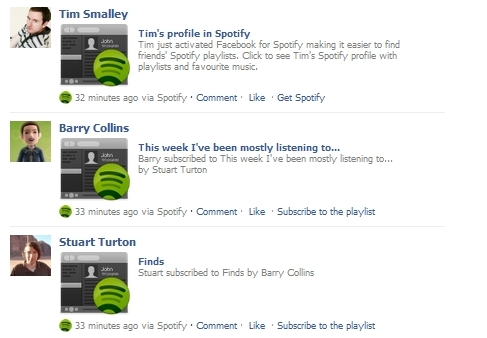
If sharing becomes fully automatic, the volume of content on social networks will grow at an exponential rate. Our guess is that people will become more suspicious and conscious of the apps they use on social networking sites.
3. Cloud Computing
The technologies we use are increasingly cloud-based and delivered over many different networks. Photos, Videos, documents and other rich media are rapidly uploaded to different cloud-based storage such as Google Drive and Dropbox. Eventually, we believe that all cloud-based computing will have infinite capacity and be nearly free of charge.
Video
Interview with WPPI en Español.
For over 30 years, Wedding & Portrait Photographers International (WPPI) has been a main source of events and education for professional photographers. We are thrilled to be part of their ongoing interview series with photographers and filmmakers. I shared some insights about our work, the transition from architect to photographer, and our passion for everything visual. We briefly discussed how we successfully built a business that is able to maintain an equal balance between technology consulting, education and training, and visual storytelling.
Please take a few minutes to check out the interview, and as always, post your comments and questions below.
Photography
Visual Serendipity.
Another hidden gem in Brooklyn. If you are willing to bike with me for 1.5 hours I’ll take you to this location.
Video
The Power of Technology in Education.
Last week, I watched a repeat of a story from 2011, on how the iPad is unlocking the minds of people with Autism. We encourage everyone to watch it on Youtube here.
It is incredible to see how the iPad and other smart devices are being integrated into classrooms all over the U.S. to use as new learning tools. Interactive applications such as smart boards, cloud computing and e-learning are now being implemented so that students of all ages can obtain degrees; which is fantastic.
Students are also now equipped with personal laptops, smart phones and tablets. Attaining information and sharing knowledge has never been easier or more fun.
However, the benefit of these devices will bring no guarantee to fixing our seriously broken education system.
Smart apps and devices are being used in tremendous ways that help students interact and build social communication skills (I am not talking about Facebook or Twitter).
At the same time, while a lot of students are reaping the benefits, others are not.
Technological innovations are still not available to everyone unfortunately. While the cost of new technology is decreasing every day, schools in poor neighborhoods get about half as much money per student than schools in affluent neighborhoods; school budgets are tied to property taxes.
click to keep reading (more…)
Photography
Visual Serendipity.
Woody Allen’s, Manhattan, is about a divorced New Yorker dating a high-schooler, and looking for love in the mistress of his best friend. Quite a dark story there. I’m sure the city has changed a lot since the movie was released in 1979.
Video
Robotic Photography.
Like many of you, we have been (sporadically) following the 2012 London Olympics. This year, we have noticed that the visuals are stunning. After some quick research, it turns out most of the camera work done for the Olympics is actually not done by human photographers, but with robotics. Footage from the air, sweeping panoramics, and beautiful underwater views are now captured with increasingly complex remote controlled devices.
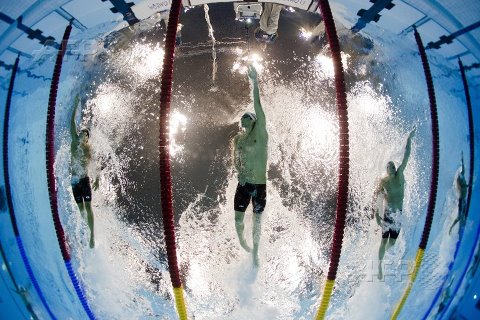
Robotic Camera Rigs
Turns out that for security reasons, the Olympics Committee has even banned photographers from the stadium roofs. Because of this, The AFP team came up with dozens of customized robotic camera systems. Each rig is equipped with a Nikon D4 and a 16-400mm zoom lens. Watch APF’s fascinating robotic innovation process:
Obviously, the Olympics are not the only place where robots are being used to capture photography and video. Robotics are essential to research some of the more dangerous locations on Earth for extended periods of time. A great example is the Robo-fish, used in northern Spain, that monitors pollution levels with a sensor that detects it, and alerts scientists right away.

Click to keep reading (more…)
Video
On Sharing.
I have never understood why so many photographers like to keep information to themselves. Perhaps it is a self confidence issue, or maybe they spent years perfecting a unique technique or system. Regardless the reason, it isn’t smart. A couple of years ago we were hired to produce a series of workshops in South America. Early on, we realize it would not be possible to launch the event. The reason? The local photographers hosting and coordinating the event did not want other photographers to see what they were working on.
Do you become a Grand Master chess player after reading Aron Nimzowitsch’s “My System,” or a great Chef by simply following Mario Batali’s Italian recipes? Would you become a rock star after reading Keith Richards wonderful “Life.” Of course not! So, why do you think that by sharing your Lightroom presets, a Backup workflow, cool editing shortcuts or new lighting techniques you are losing something invaluable? Quite the opposite.
Apple observed the flood of illegal music file sharing that began in the late 1990s. Instead of building higher walls and better fences, they built iTunes and started offering legal, easy-to-use, and flexible à la carte song PAID downloads. Record Labels obviously win, artists, who receive 65 percent of the purchase price of digitally downloaded songs, also win, customers who don’t need to purchase an entire CD when they want only one or two songs, win, and Apple clearly wins. In a nutshell, everybody wins. Instead of hiding in your studio so your trade “secrets” are not “stolen”, find better ways to share your ideas, to involve others, and to celebrate often.
Photography
Visual Serendipity.
A true serendipitous moment. While walking in Dumbo I saw this unknown girl posing for her friend. I was able to snap only two pictures before they were gone. I have no idea what their shoot was about, but I loved the random geometries and the quality of the light.
Video
Notes from the Field.
This is a scan from my journal that I bring with me to every preproduction meeting that I have with clients, directors, producers, and others. In this scan you can see my handy “preproduction notes.”
Here’s how my system works: first, I like to get the conversation going by sharing movies that we like and movies that could be related to the project at hand. This helps tremendously in our effort to understand both technically and aesthetically what the client or director is going after, and if we are a good match for the project.
About a year ago I sat down with a director who began envisioning a project as “film noir meets science fiction/kung fu—but in a funny way,” which saved us both a lot of time, as I was definitively not interested!
Let’s take a look at the other things I consider on every video production:
• Script: Do we have a script? Is it from a book or is it an original script? When can I see it? If there isn’t a script, who is going to write it and when? This is a very important step. Even though I always write the scripts for my own projects, it needs to be clearly defined who will perform this integral part when it comes to someone else’s project. I have been using Celtx, and I am very happy with the results. The script is by far THE most important piece on any video production puzzle.
• Shot list: As soon as I have the script, I start creating a shot list: what kind of gear do we need? Do we own it? Do we need to rent it? How many shots can we accomplish in one day? The answers to these questions can vary greatly depending on location, the scenes’ complexity, permits, and even the weather.
• Location Permits: Since most of us don’t have access to Hollywood’s sets and production budgets, being creative is extremely important. Having access to locations that other people don’t have access to is key. There are several beautiful abandoned buildings on Wall Street that no one knows about. In Harlem there are fantastic mansions that you can shoot if you know the right people. Battery Park is Federal property while Central Park is not. Both require shooting permits, issued by different offices.
• Location Scouting: I am often surprised to see how many people ignore this critical step. In cities like New York things change, and they change fast. The park that you so fondly remember is now a parking lot. And that awesome abandoned building? Well, it’s now a luxury condo.
Photography
Visual Serendipity.
A different view of “The Highline” a beautiful urban project in New York City that has become a major tourist destination. The picture was taken from an elevator, through the tinted glass.
